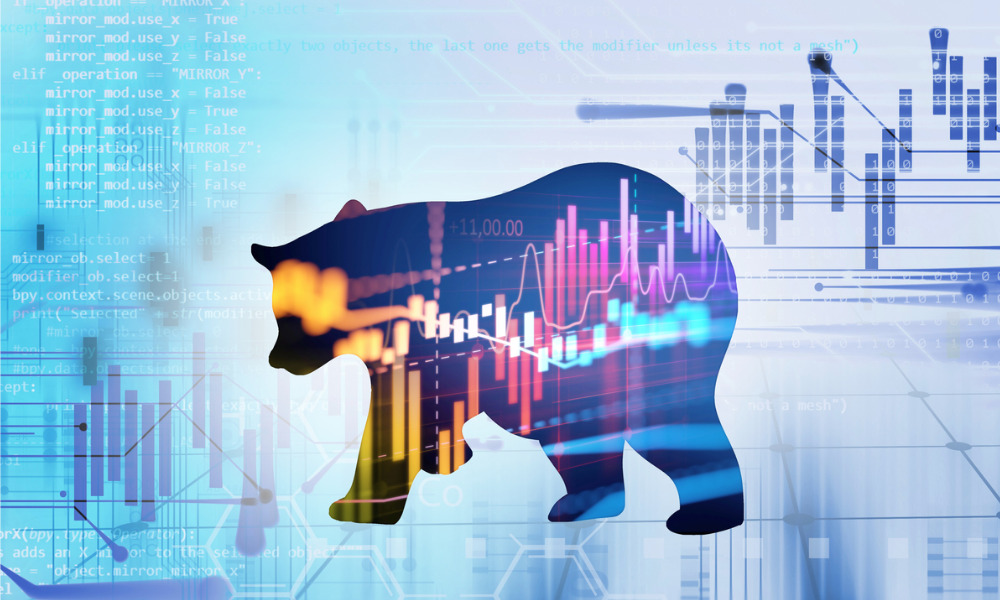Echoing economic trends, inflation tailwinds, and likely end of pandemic bolster case for bond bears

While current conditions may make for a short-term forecast of suppressed bond yields – in the U.S., there’s a halt on COVID-19 fiscal response measures, new restrictions on movement, and potential political gridlock or unrest due to a hotly contested election result – a broader view suggests that a shift to a cyclical bond market could be in the works, at least in the medium term.
“We believe the bond bull that has been capped by the COVID crisis will likely run out of steam, and over the next few months could give way to a cyclical bond bear,” said David Stonehouse, senior vice-president and head of North American and Specialty Investments at AGF Investments.
In a recent blog post, Stonehouse highlighted multiple signals that point to an early-stage global economic recovery. While the dramatic Q3 rebound in U.S. GDP growth can be discounted by its more significant Q2 decline in GDP, he pointed to forward-looking indicators such as Citigroup’s Economic Surprise Index, which has been trending positive; declining unemployment; and a bounce in the ISM Manufacturing and Services indexes to above pre-COVID levels.
“Historically, rapid upward changes in the ISM indexes have pre-dated rising bond yields,” Stonehouse said.
Fixed-income markets today seem to be deviating from history, he said, as the early sprouts of an economic recovery have not been accompanied by a rise in bond yields. But he suggested that the Federal Reserve’s telegraphed plans to keep rates low, the sheer speed of the recent downturn, or the overhanging risk of a double-dip recession has led to a postponement of the typical bond-market reaction.
Another signpost suggesting a bond bear market is a prospective ebbing of the pandemic within 2021, a base-case scenario that could come either from the development and deployment of an effective COVID-19 vaccine, or the origin of herd immunity.
Stonehouse also cited evidence of a return to inflation. That includes rising commodity prices, notably exemplified by copper price levels within shouting distance of 2018 levels, which marked the last cyclical bond bear market; U.S. housing prices increasing in spite of the coronavirus crisis; consumers positioned to unleash pent-up demand; and personal savings rates rising to multi-decade highs as debt-service rates sink to a generational low.
“Furthermore, inventories have declined due to supply disruptions and are set to rebound next year as companies restock,” he said. “Add in extraordinary policy stimulus, both fiscal and monetary, and it is hard to not see inflation – and bond yields – rising in the coming months.”



